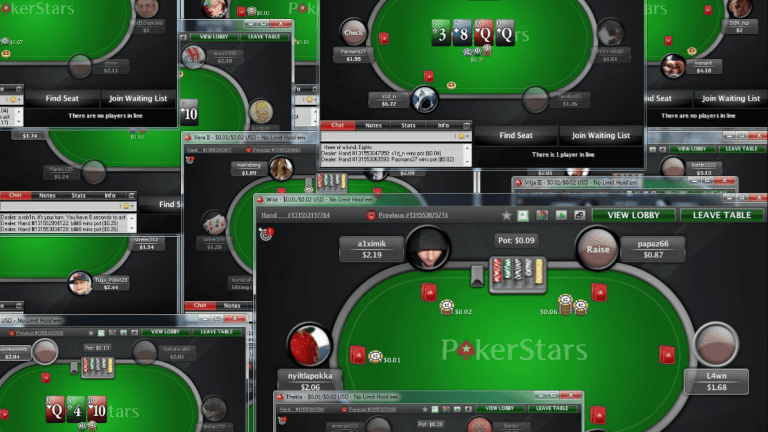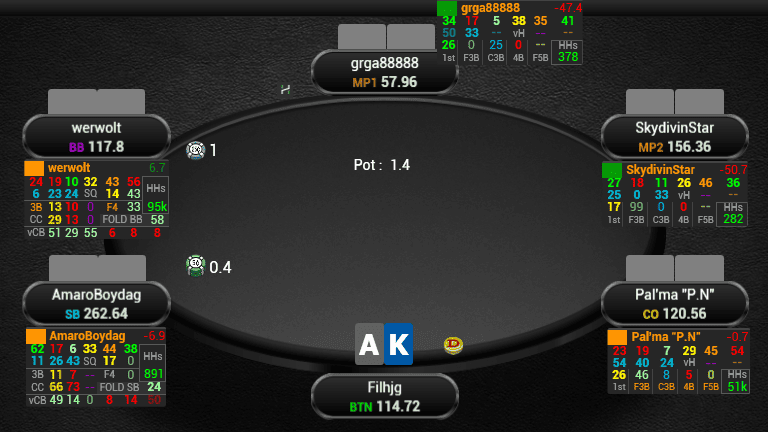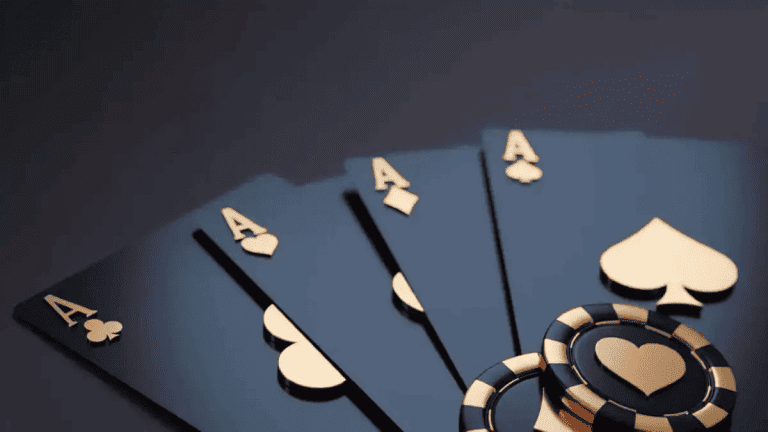In poker, ICM stands for “Independent Chip Model”. ICM assigns a monetary value to your chip stack in a tournament, based on your stack relative to the number of chips in play and the prize pool distribution.
But how does ICM work? And do you use it? This guide will answer these questions and more.
How Does ICM Work?
The value of each chip is dynamic in a tournament setting, unlike in cash games where the value of each chip is static. The value of a tournament chip is liable to change as players are eliminated and/or payouts increase.
To take an example, let’s assume 10-man $10 buy-in SNG that pays out 1st place 50%, 2nd place 30% and 3rd place 20% of the prize pool. Each player is given 100 chips, meaning there are a total of 1,000 chips in play. At the start of the SNG, all players have a tournament equity of 10% or $10*.
If Player 1 immediately doubles up to 200 chips through busting Player 10, ICM tells us that this player has not doubled his tournament equity. This is because the SNG is not a winner-take-all event, and rather divides the prize pool between 1st, 2nd and 3rd place. This structure, therefore, means that the best a player can do is cash for 50% of the prize pool, while also standing a chance of cashing for 30% or 20% for 2nd or 3rd place respectively. It’s these factors that ICM utilizes to determine the true value of each player's stack. By using an ICM calculator, we can see that Player 1’s true tournament equity is now 18.44% or $18.44.
The remaining tournament equity is evenly distributed between Players 2 through 9, with each gaining 0.19% or $0.19 equity from Player 10 busting. This makes sense since the field has been thinned and these players are now more likely to cash.
Prize pool equities inevitably become more complicated as each chip stack varies, but hopefully this gives some insight into ICM.
*Remember that ICM neglects to consider non-chip variables, such as skill, position etc.
ICM Utility
ICM allows players to effectively evaluate their position within a tournament; this assists in their decision making during a tournament hand, especially in the later stages. ICM also helps to determine how the prize pool is distributed if a chop is agreed upon.
ICM Considerations – Stack Sizes
Consider once again our 10-man SNG example (outlined above). The SNG is down to its final three players. Having locked up $30, Player 1 is sat on a 500-chip stack, Play 2 on a 300-chip stack, and Player 3 on a 200-chip stack. How then, do these varying stack sizes adjust to ICM pressures?
- The big stack (Player 1) can apply a great deal of pressure on both their medium and short-stacked opponents. This pressure is especially potent versus the medium stack, who would like to preserve his/her tournament equity (and potentially gain some should you bust the short stack).
- The medium stack (Player 2), as alluded to above, wants to avoid significant confrontations - particularly with the big stack - in order to preserve his/her tournament life. The medium stack can be a little bit less conflict-averse when playing against the short stack, although should still practice caution (for the threat of becoming the short stack).
- The short stack (Player 3) has little to lose and much to gain. This player can risk getting all-in with either player to the end of doubling up. Ideally, the short stack is looking to double up through the medium stack, since this forces another player (Player 2) into the short stack position. See below for examples.
If the short stack were to double up through the medium stack:
If the short stack were to double up through the big stack:
ICM Considerations – The Bubble
ICM considerations are prevalent during the bubble, which is a unique stage of a tournament wherein players are on the cusp of making the money. Short stacks are incentivized to avoid confrontation, while big stacks are incentivized to apply pressure.
ICM Software
Players can improve their strategy for ICM spots by honing their MTT/SNG play with software like ICMIZER. Such software allows users to study and practice different aspects of tournament play, like the push/fold game.
Studying with the likes of ICMIZER is one way to add to your bottom line at the table. Another is through additional rakeback which you can acquire by signing up with an affiliate. Affiliate deals like the ones available at rakerace.com are thus highly recommended!
Conclusion
Hopefully, this article has helped you to better understand the independent chip model, and its widespread implications in poker tournaments. While ICM has its limitations (failing to consider skill, player position etc.), it ultimately allows players to better gauge their tournament equity. Studying ICM will undoubtedly improve your ability to navigate many of the complex situations that can arise during a poker tournament!



















0 comments